They are dressed in expensive and beautiful kimonos with white make-ups and elaborate hairdos. They the icons of elegance, mystery, culture and tradition and widely associated with Japan. They are none other than the famed geishas.
Kyoto and Tokyo are most well-known for their geisha quarters. The Gion district in Higashiyama is one of the most famous hanamichi (geisha quarters 花街) in Kyoto. Its origins were teahouses that catered to weary visitors to the Yasaka-jinja Shrine. By the mid 18th century, it was the largest pleasure district in Kyoto.
Besides being known as a hanamichi, Gion 祇園 is also a famous entertainment quarter packed with souvenir stores, luxurious ryokans, theatres and kaiseki restaurants (all of which comes with a huge price tag no less than 1000-2000 yen). However, most importantly it is a place where you can savor the historical beauty of Kyoto as you take a short walk around the area and check out those machiyas, teahouse along Hanami-koji and a handful of landmarks worth visiting such as the Murayama Park (especially attractive during the cherry blossoms period) and temples/shrines such as the Yakasa Shrine, Kiyomizu-dera Shrine, Chion-in Temple and many more.
Gion is easily accessible by the city bus or ROKU buses from Kyoto Train Station, subway, Keihan rail as well as bicycles. For a person who loves the quaint side of architecture, Gion is a nice place to visit with its many temples and sceneries to offer. Buses 206 and 100 can bring you from Kyoto Train station to Gion, ROKU buses are faster as it only goes to the major tourist sites for a flat fare of 210 yen and comes with English descriptions of landmarks around the bus stops.
The first thing you will see is none other than Kamo River (Kamogawa 鴨川), which runs on the west side of Higashiyama and a major river in Kyoto geographically and historically. During the summer period you could dine next to the river on specially constructed platforms. However, Kibune and Kurama further north might offer a better experience (at much higher prices though).
At the end of Shijo Avenue, you will encounter a magnificent vermilion and white gate of Kyoto’s central shrine, the Yakasa Shrine 八坂神社 also known as Gion Shrine. It plays host to the Gion Matsuri mentioned in my previous post. Like the many shrines and temples in Japan, you can also get lucky charms for yourself from the Shrine.
The shrine was constructed in the 7th century above an underground lake to ensure that the god who resides in the east (the blue water dragon) receives the fresh water needed to ensure healthy earth energy.
During the Gion Matsuri, the deitites of Yasaka Shrine reside in a temporary shrine called he Otabisho. They are being carried on portable shrines called mikoshi (above) to the Otabisho. The mikoshi are purified with water from the Kamogawa River. It would be purified twice during the festival. This segment of the festival is called the Mikoshi Arai.
The walk from Yakasa Shrine to Kiyomizu-dera Temple is about 1 kilometer, which involves some climbing as the temple is perched on along the slopes of Higashiyama-ku. Along the way were a lot of souvenir shops selling seasonal sweets and snacks and desserts for tired travelers. You might spot one or two geishas (or geikos for geishas in Kyoto or Western Japan) or maikos as you make your way to Kiyomizu-dera but be wary that they could just be tourists dressed up as maikos.
Kyoto is one of most-visited cities in Japan and it gets very crowded during the festival period. Throngs of tourists flocked the city, undeterred by the heat of summer. It is a photographer’s nightmare.
Kiyomizu-dera Temple 清水寺 is one of Kyoto’s most famous landmarks. Featured on tourist printouts, posters, brochures as well as the packaging of confectionary, sweets, pastries of Kyoto to key chains and tiny models, Kiyomizu-dera cannot be overlooked on a trip to Kyoto.
Unfortunately, one has to pay to enter that iconic balcony that overlooks the southeastern side of Kyoto at the price of 300 yen which I decided to skip since one could enjoy spectacular views of Kyoto from the exterior of the temple too.
Even without entering the temple proper, I thought the structures outside were amazing enough (together with the view of Kyoto surrounded by mountains). For visitors willing to pay the 300 yen fee, you also get to gaze upon the main hall which is a designated National Treasure of Japan.
This temple is a must-visit during the autumn period when the surrounding hills and mountains starts to show its rich and diverse autumn colors and during the spring cherry blossom period when the Hanatouro 花灯路 is going on where lanterns would light up Higashiyama area and the temple would light up its premises as well offering a different kind of view of the cherry blossoms at night. You can see this in a post by *never trust a scrawny foodie* here.
Away from Kiyomizu-dera, we walked down Kiyomizu-zaka along Matsubara Dori 松原通 to Yasaka Dori where there are a handful of expensive restaurants along the street.
One of it is Tempura Endo Yasaka Gion, which would cost about 3500 yen for a set meal. This restaurant was being listed under as one of the recommended eats in Lone Planet and it is one of the most famous tempura restaurants in Kyoto.
Needless to say, it was way too expensive for a student like me as well as my brother and his girlfriend, so we decided to go somewhere else for lunch and take in the sights around Higashiyama instead.
When we reached Miyagawa-cho Dori, we saw them: The famed geikos (Kyoto dialect) or maikos. It was a narrow street with exclusive, forbidding looking teahouses and restaurants lining the sides of the street. But we were not alone, a crowd(a crowd!) of photographers were already waiting at one corner just to take photographs of them. For it us it was a chance encounter, for them, they actually waited and seek them out.
There were about three or four of them in front of an ochaya, one of them just left via taxi while the others were waiting for another taxi to travel to their respective destinations for their appointments I guess, they were accompanied by one or two attendants were shielding them from the scorching sun at the doorway. All this while, the photographers were snapping like hungry wolves.
*080810 Update : MissMyloko on Flickr identified them as Maiko Kikushino (in pink) and Maiko Kibune (in black). Beside them is a shikomi, a girl training to become a maiko. The lady in the taxi is Maiko Fukuya. All of them belong to the Hanamachi of Miyagawa-Cho. Thanks Miss Myloko! =)
Above is a short video from National Geographic about Geishas.
My brother’s girlfriend saw a maiko walking towards our direction and decided to ask her for permission to take a picture which she kindly agreed. Although we encountered a few ‘maikos’ or ‘geishas’ before, we weren’t so convinced as they were probably tourists dressed up at maikos which quite a few ryokans and hotels did for their tourists as part of the Kyoto experience.
*080810 Update : She has been identified as Maiko Fukusato of Miyagawa Cho from Ishihatsu Okiya by Miss Myloko on Flickr. Here is a youtube video of her doing a performance at Ganko Takasegawa Nijoen by the Kyoto Maiko Channel. Miyagawa-Cho 宮川町, known as "Shrine River" is one of the hanamachi or geisha districts in Kyoto alongside with Gion and Pontocho.
Finding an affordable meal (other than fastfood) wasn’t easy around Higashiyama and along Kamogawa. On top of that, it wasn’t easy to find a place to eat after the normal lunch hours 12-2pm as the restaurants normally close then open around the evening again. After some twists and turns. We ended up at this tiny cosy restaurant located around Saitocho district called 珍饤林or Precious Bamboo Forest in literal translation.The food here is probably categorized under obanzai cuisine, home-cooked food. The dishes were simple, unpretentious yet tasty and we get to dine next to a canal, it was a peaceful and rustic atmosphere.
This is where Japanese would be come in handy. Although there is an English menu, not every item is on the menu, the Japanese menu offers other kinds of sets as well. The wait can be a little long as it was ran by only one or two people, but extremely friendly people especially the lady who tended to us who tried her very best to communicate with hand actions to writing or drawing.
Besides the friendly service, a major plus point is the price of the food which is comparatively cheaper than its surrounding restaurants around 800-1300 yen for a set while others are around 1500-2100 yen.
I ordered the Chicken Teishoku for 1300 yen which includes chicken, pickled vegetables, cooked vegetables, edamane, a bowl of soup and a bowl of rice.
A dish of vegetables which includes white radish, pepper, Japanese cucumber and eggplant, it was quite crunchy and light-tasting.
There was also a bowl of cooked eggplants which was very juicy.
The stewed chicken wings and drumsticks in soy sauce were very tender and juicy. The meat comes off the skin easily. It was quite sweet.
My brother had the tempura set which they finished without any issue. The batter is much lighter than the ones in Singapore.
Here are some interesting sites:
Japan Travel Guide : Gion
Japan National Tourism Organization : Higashiyama
National Geographic Traveller : Glimpse of Kyoto
Higashiyama Hanatouro
Kyoto Sights and Nights : Facts about Geisha
Videos of Maikos in Kyoto: Kyoto Maiko Channel
The Secret World of Geishas (a documentary)

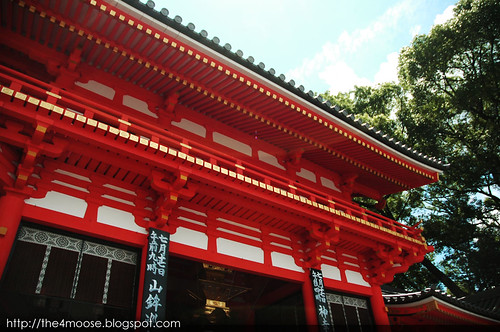
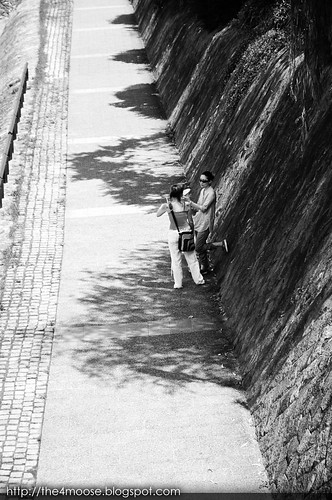
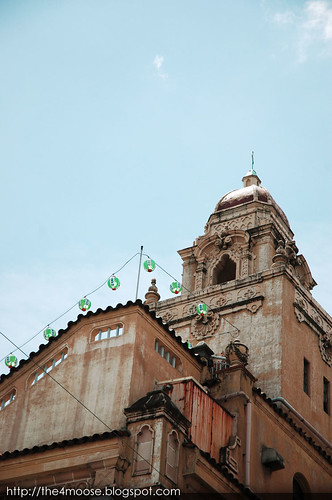
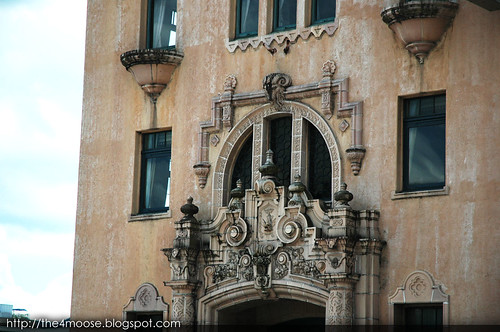
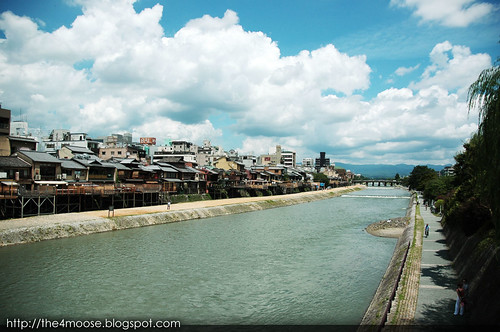
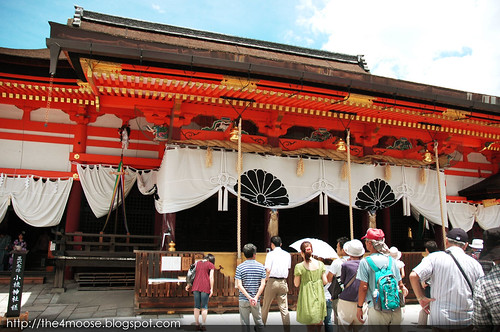
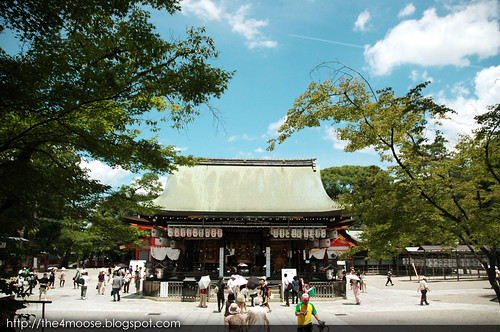
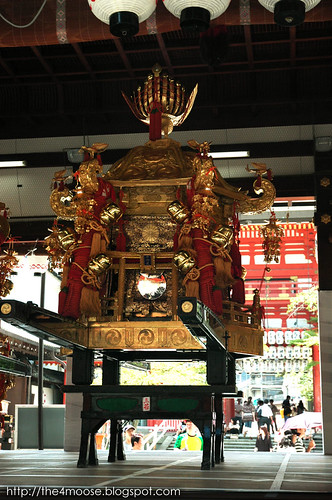
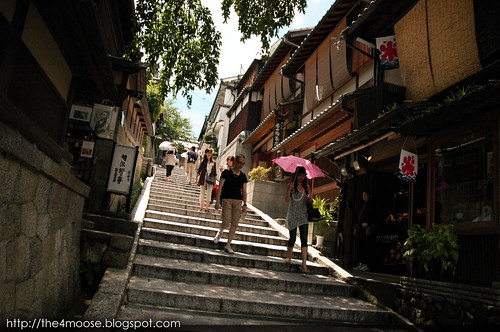
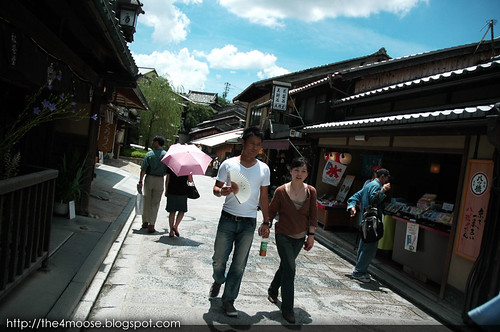
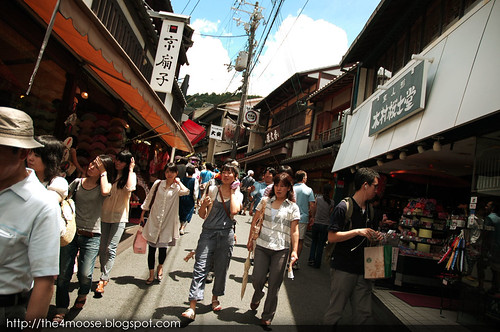

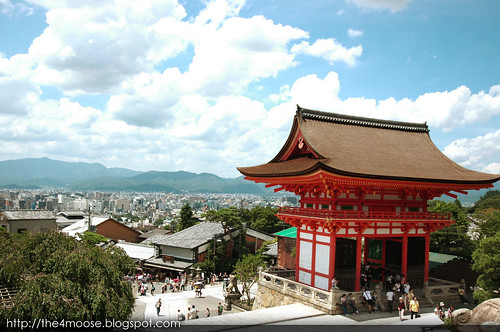
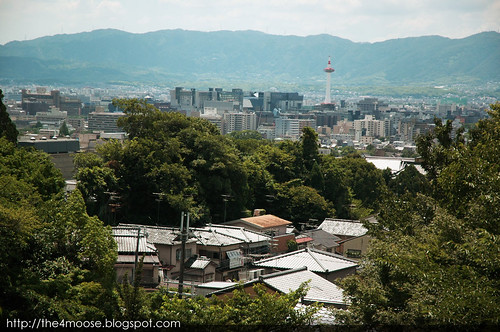

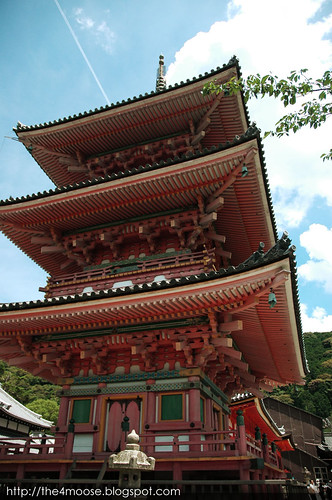
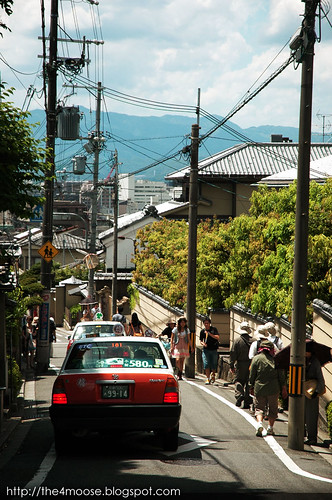

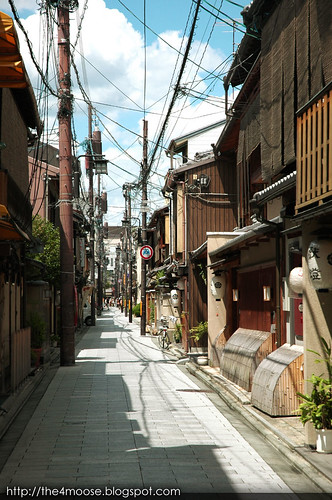
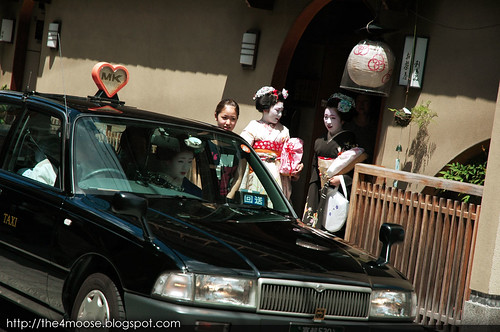
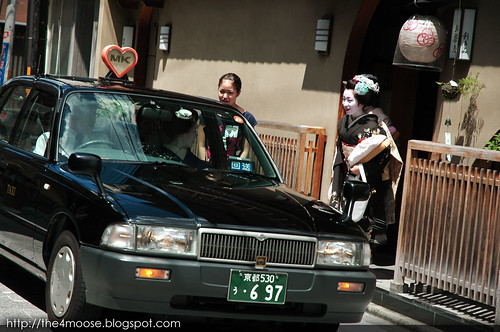
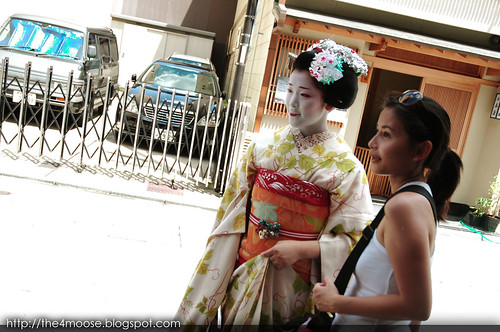
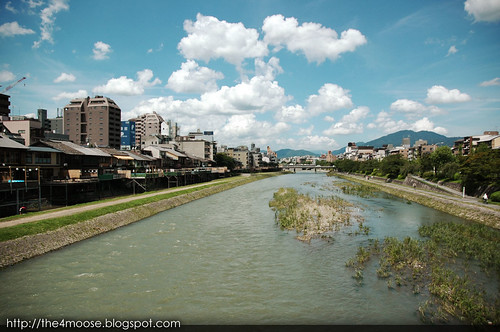
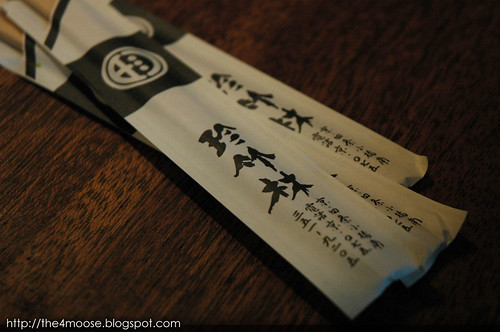
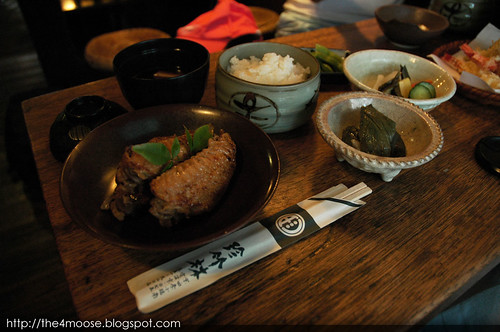
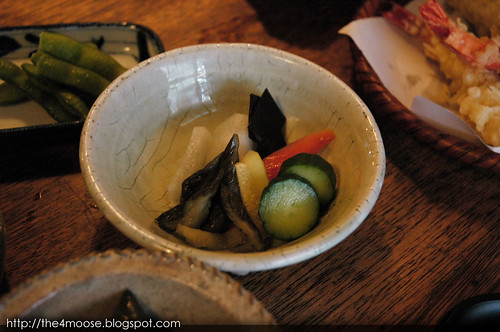

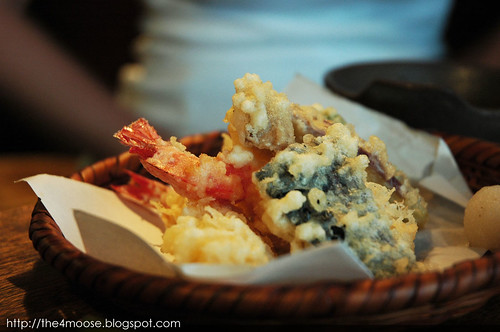














0 comments:
Post a Comment
Note: Only a member of this blog may post a comment.